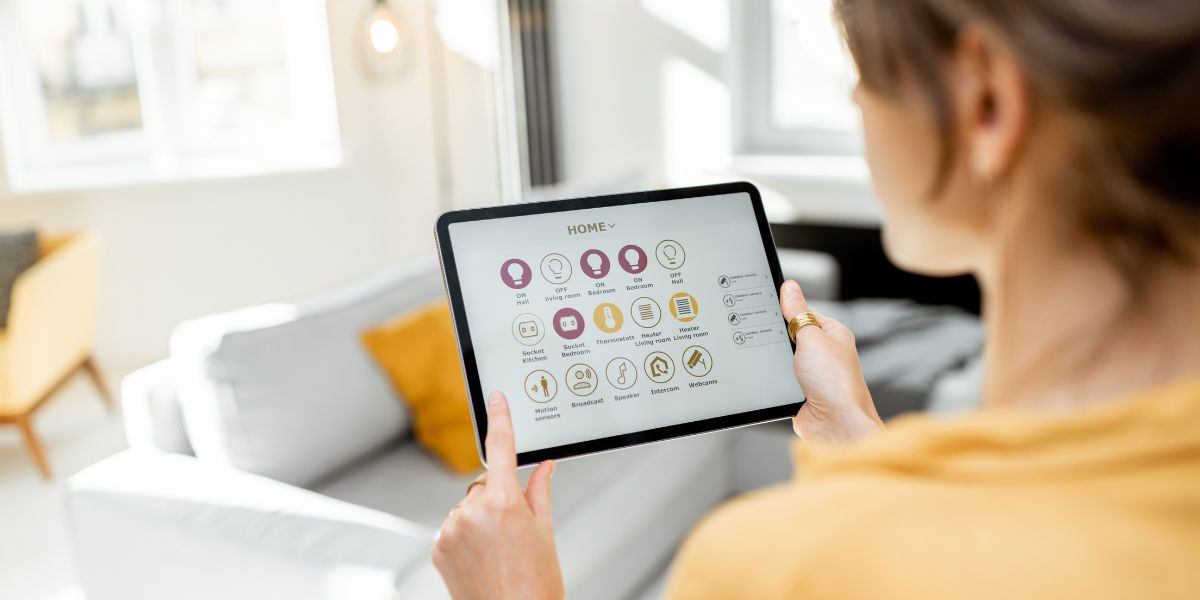
To seamlessly integrate home automation with your existing devices, you need to consider factors like device compatibility and communication protocols. By ensuring your devices can "talk" to each other effectively, you lay the foundation for a smart home setup that works harmoniously. But how exactly do you go about establishing this communication bridge between your gadgets? Let's explore some key steps that will help you navigate the integration process smoothly and maximize the potential of your interconnected devices.
Assess Your Current Devices
Assess what devices you currently have in your home to determine compatibility with home automation systems. Begin by creating a list of all your electronic gadgets, such as smart TVs, thermostats, lights, and security cameras. Check if these devices are Wi-Fi-enabled or have the capability to connect to a network. Devices with Wi-Fi connectivity are more likely to be compatible with home automation systems.
Next, examine the age of your devices. Newer gadgets are designed with smart technology in mind and are more likely to seamlessly integrate with home automation systems. Older devices may require additional accessories or adapters to work with automation technology.
Consider the brand of your devices. Many major brands offer compatibility with popular home automation platforms like Amazon Alexa, Google Home, or Apple HomeKit. Research online or check with the manufacturer to see if your devices are compatible with these systems.
Choose Compatible Home Automation Products
When selecting home automation products, prioritize compatibility to ensure seamless integration with your existing devices. This is crucial for creating a cohesive smart home system that works harmoniously together.
Start by researching products that explicitly mention compatibility with the devices you already own. Look for brands that offer a wide range of products compatible with various systems to give you flexibility in expanding your smart home setup.
Opt for products that support popular communication protocols like Wi-Fi, Bluetooth, or Zigbee, as these are more likely to work with a broader range of devices. Additionally, consider choosing products that have a dedicated app or can be integrated with popular smart home platforms like Amazon Alexa or Google Assistant for centralized control.
Before making a purchase, double-check compatibility requirements and ensure that the products you choose align with your existing devices to avoid any connectivity issues down the line. By prioritizing compatibility, you can build a cohesive home automation system that streamlines your daily routines and enhances your overall living experience.
Establish Communication Protocols
To ensure smooth integration of your home automation products with existing devices, it's imperative to establish clear communication protocols between them. Communication protocols serve as the language that allows different devices to interact seamlessly.
Start by identifying the communication protocols supported by your existing devices, such as Wi-Fi, Bluetooth, Zigbee, Z-Wave, or others. Make sure that the home automation products you choose are compatible with these protocols to facilitate communication.
Once you have determined the communication protocols, set up your home automation system to communicate using these protocols. This may involve configuring settings within the devices or using a central hub that supports multiple protocols to act as a bridge between your devices.
Ensuring that all devices speak the same language will enable them to send and receive commands effectively, enhancing the overall functionality of your integrated system.
Set up Integration With Existing Devices
Ensure seamless integration with your existing devices by configuring your home automation system to communicate effectively using the established communication protocols. Begin by identifying the devices you want to integrate and ensuring they're compatible with your automation system. Check if your devices support common protocols like Wi-Fi, Bluetooth, Zigbee, or Z-Wave for smooth integration.
Next, follow the manufacturer's instructions to connect each device to your home automation hub or controller. This step may involve installing specific apps, enabling skills, or using integration features within the device settings. Once connected, test the devices to ensure they respond correctly to commands from your automation system.
Consider creating automation routines that involve multiple devices working together. For example, you could set up a routine where your smart lights turn on when your smart lock detects you arriving home. Experiment with different combinations to find what works best for your needs.
Regularly update your devices and automation system to ensure compatibility and security. By following these steps, you can successfully integrate your existing devices into your home automation setup for a more convenient and connected living experience.




